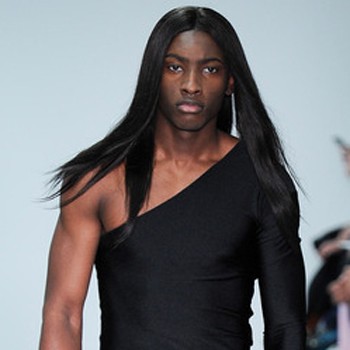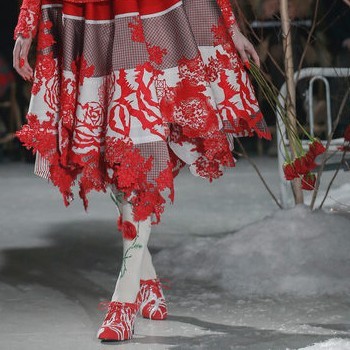Despite the influence nautical fashion has had on the catwalk and consequently our wardrobes for centuries, Fashion Historian Amber Jane Butchart is the first to publish a book that tells the story of high fashion’s relationship with the high seas. Address contributor, Grace Wood talked to the Nautical Chic author about her ten-year research process and the inspirations behind the book. …read more
Cross-breed clothing, mash-up messages and portmanteau phases: fashion is currently keen on combinations whether physical, metaphorical and linguistic. Scholar and Address contributor Rachel Matthews considers the meaning of frankenstein fashions that affect not just world of style, but food, business and even dogs …read more
On view from September 13th through January 3rd, The Museum at F.I.T. in New York presents ‘Dance & Fashion’ as both a step back in history and a leap into the future of fashion, with overarching themes that include the interplay of creativity existing between fashion designers and dance companies and how garments perform in tandem with the body as an agent of change. Address contributor Kim Jenkins explored the exhibition with its chief curator Valerie Steele. …read more
Renowned exhibition maker and Professor of Fashion and Museology at London College of Fashion, Judith Clark has paved the way for new approaches and perspectives in the field of fashion curation since establishing the Judith Clark Costume Gallery (1997, London). She has curated more than 40 fashion exhibitions at major museums and, through the MA Fashion Curation, at London College of Fashion, which she directs with Professor Amy de la Haye, she continues …read more
Critics are objective, fashion editors subjective in their views when it comes to the fashion shows. Critics explain and contextualise what is worth taking a moment to appreciate, and what doesn’t have any value or worse, when designers completely fail. Fashion editors on the other hand treat the shows as elaborate shopping events, pick things they like. It’s that black and white, right? …read more

Initially, this piece was easy. Just choose from the latest menswear a/w 2014 shows, roughly five collections I would wear and five collections I wouldn’t, if I were a man. Then give reasons why I liked or didn’t like them. It wasn’t so simple. …read more
As a fashion critic, I’m always trying to reflect on why I respond to certain fashions with enthusiasm and joy whereas others have the opposite affect on me. One might argue that all of this comes down to personal taste, I believe signs of time, cultural influences and politics of life that underpin fashion should be at the forefront of our minds when trying to make sense of what we see on the runways or in the shops …read more
How do you curate an exhibition about a person whose most important contribution to fashion is herself rather than anything quantifiable and tangible that could be captured with mere objects? This was the problem given to curators Alistair O’Neill and Shonagh Marshall in putting together the Isabella Blow: Fashion Galore! exhibition, currently on display at Somerset House until 2nd March 2014. …read more
I have a complex relationship with fashion. Having studied fashion design at university, spent the better part of my career working with garments and fashion in general and now occasionally teaching fashion design, I am fully aware of the ins and outs of fabrics, pattern cutting, construction and finishing. When I’m wandering around shops, I tend to levitate towards both mens and womenswear departments to inspect and examine the tactile merits of garments …read more

American philosopher and one of the leading voices in defining art criticism, Noël Caroll divides the task of a critic, in his book On Criticism, into two parts. On the one hand critics describe, classify, contextualize, elucidate, interpret and analyse artworks and objects. All of this suggests that a critic should have an ability to capture the object of criticism and to position it against something bigger: frameworks, contexts, narratives or histories. In order to do this …read more

